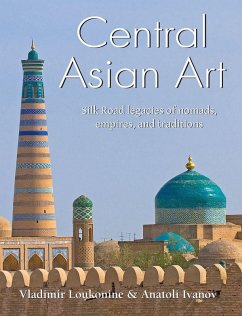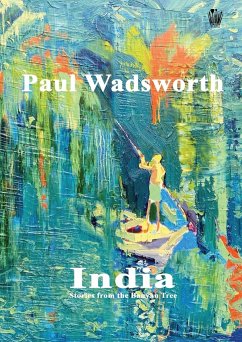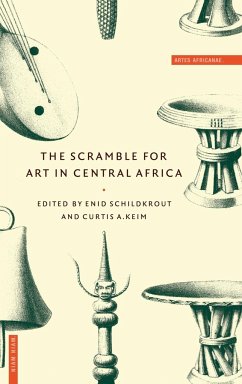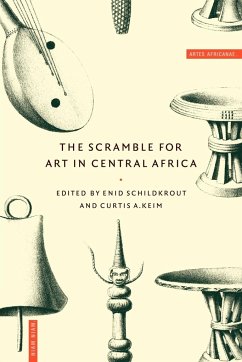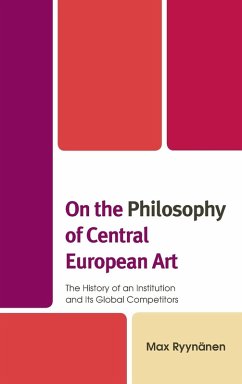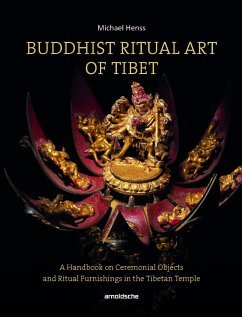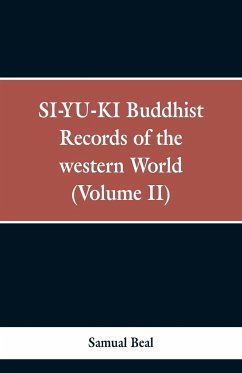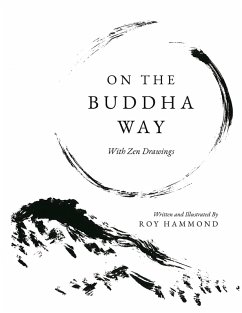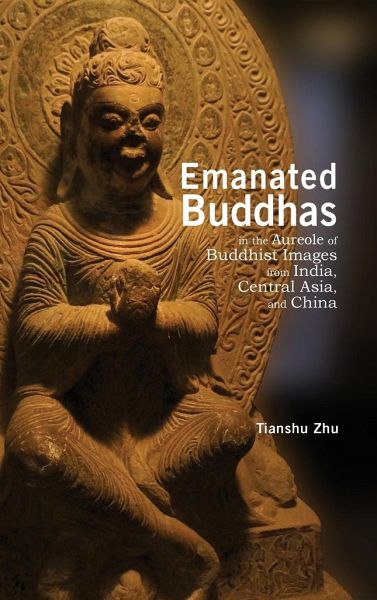
Emanated Buddhas in the Aureole of Buddhist Images from India, Central Asia, and China
Versandkostenfrei!
Versandfertig in 1-2 Wochen
140,99 €
inkl. MwSt.

PAYBACK Punkte
70 °P sammeln!
Very often in Buddhist art, especially Buddhist art of ancient China, one can see small figures, mostly Buddhas, depicted in the halo and/or aureole of a Buddha image, and, less often, of a bodhisattva image. What does this mean? Despite the prevalence of this motif, its meaning and its significance in Buddhist history are poorly understood, if understood at all. In fact emanating other Buddhas is associated with the fundamental nature of the Buddha and the mechanism of how the Buddha functions to spread Buddhist teachings to every corner in the cosmic world. In this regard, the study of this ...
Very often in Buddhist art, especially Buddhist art of ancient China, one can see small figures, mostly Buddhas, depicted in the halo and/or aureole of a Buddha image, and, less often, of a bodhisattva image. What does this mean? Despite the prevalence of this motif, its meaning and its significance in Buddhist history are poorly understood, if understood at all. In fact emanating other Buddhas is associated with the fundamental nature of the Buddha and the mechanism of how the Buddha functions to spread Buddhist teachings to every corner in the cosmic world. In this regard, the study of this motif-one of the purposes of this book-is not only a study of a specific iconographic convention in Buddhist art but also a study of the revolutionary change in the way Buddha was represented, a geographical and temporal development that reflected the change of Buddha's nature in the eyes of his followers. Besides being a general convention, the depiction of emanated Buddhas in the aureole also appears in some of the most spectacular and sometimes widely debated iconographies in Buddhist art, for example, the dharmadh?tu Buddha images, in which the Buddhist cosmologic system is shown inside a Buddha's body, and the Mohammed Nari Stele from. Therefore as the second task this book, this study also involves and sheds light on a number of important iconographies in Buddhist art. More importantly, this motif had appeared in various places in Central Asia and East Asia throughout the centuries. Traditionally, Buddhist images of the same iconography across different regions are studied as one coherent subject matter, assuming they all have the same meaning. By contextualizing these images in local history and local Buddhism, which is the third task of this study, this book also aims to examine much broader issues in Buddhist history and cultural transmission. Emanated Buddhas in the Aureole of Buddhist Images from India, Central Asia, and China is an important book for students and scholars in art history, Buddhist studies, and East Asian studies. *This book is oversized and includes 92 color images.




